*Duralux is also a current brand name for a fibre board product manufactured in Australia with no asbestos.
- Home
- General information
- Low density asbestos fibre board
- Low density board photo gallery
James Hardie manufactured LDB as a material with the asbestos bonded to a calcium silicate. This material had brand names of 'Asbestolux' (the James Hardie product) and 'Duralux' (the Wunderlich product)*. Both were manufactured in thicknesses of 4.5mm, 6.5mm, 9.0mm and 12mm and they had either a bevelled, square edge or a recessed edge for flush jointing. (the jointing cement was also manufactured with asbestos).
LDB was manufactured as flat sheets and with perforations to assist with noise attenuation.
See the asbestos products gallery for common locations of other types of asbestos containing materials in buildings.

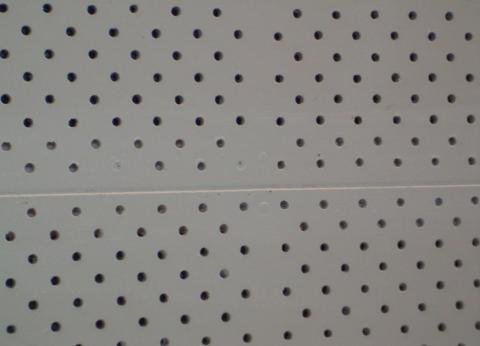
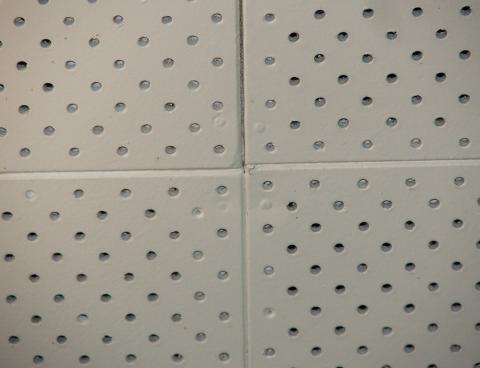
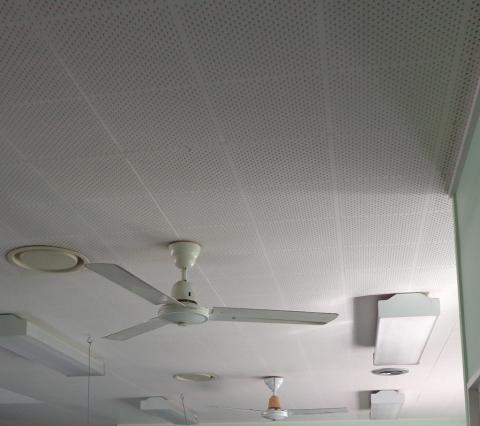
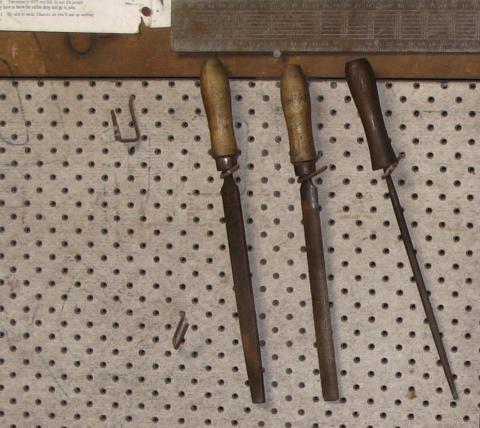
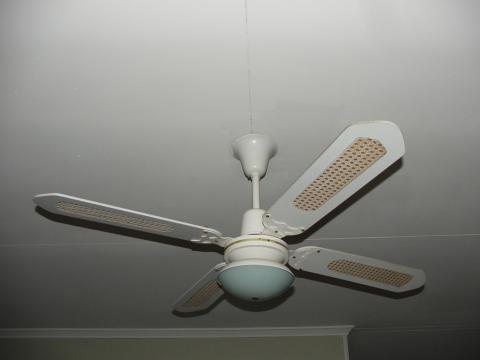
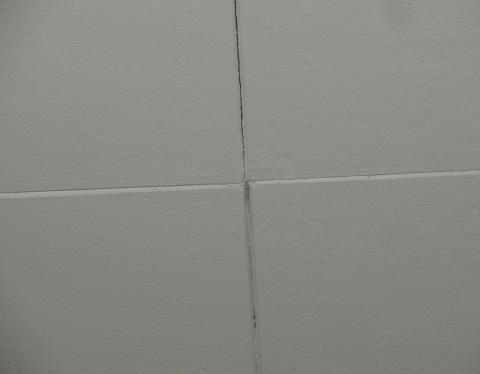
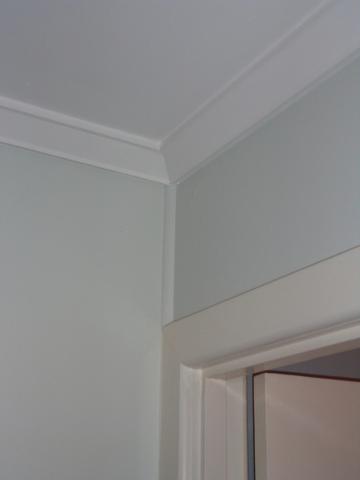
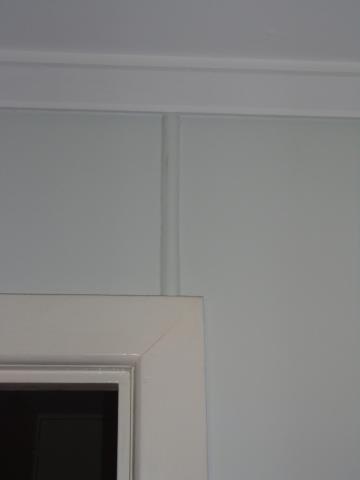
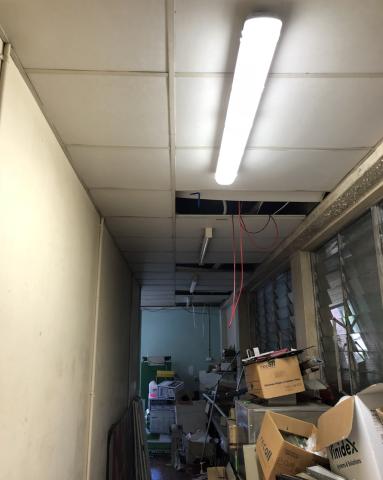
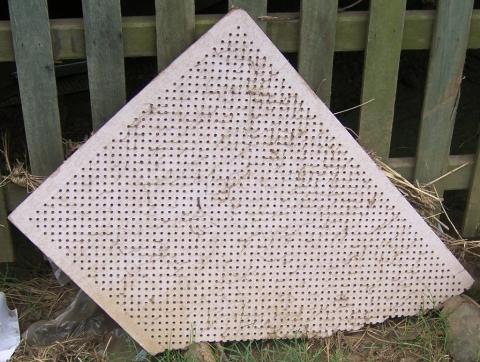
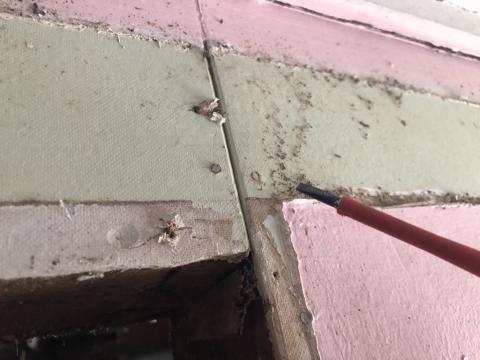
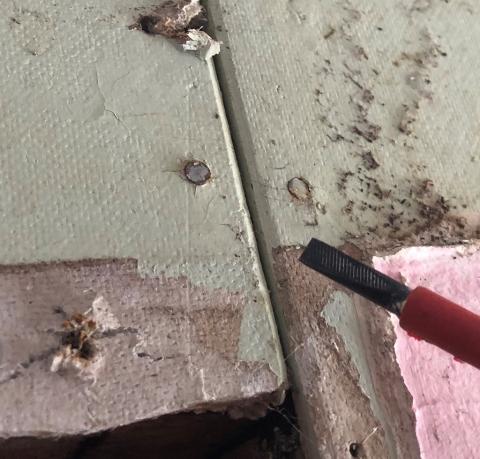
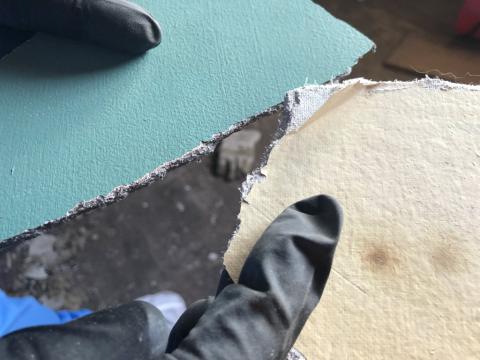
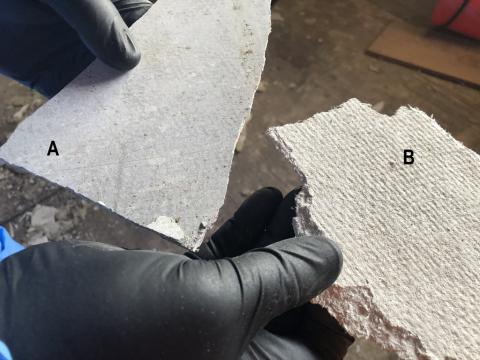
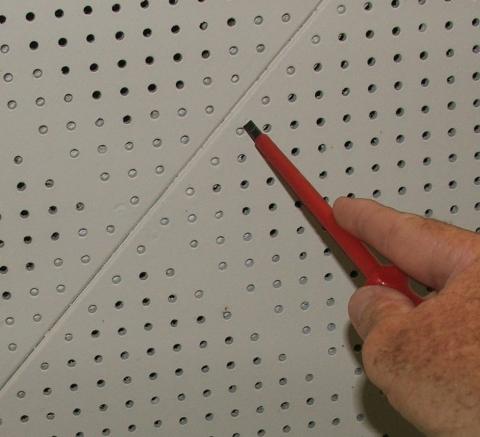
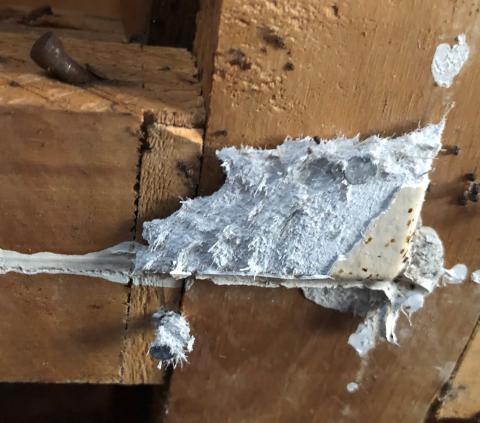
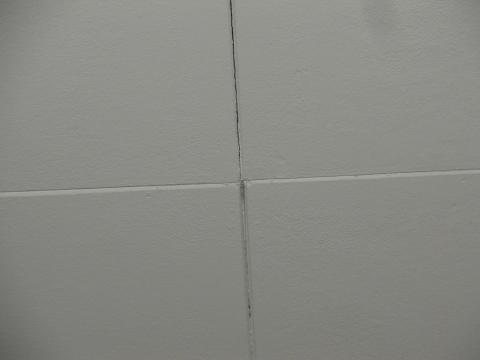
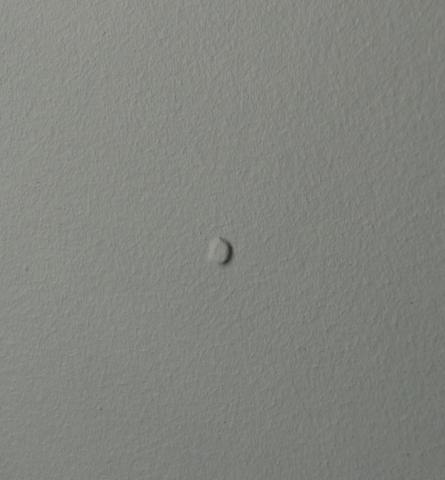
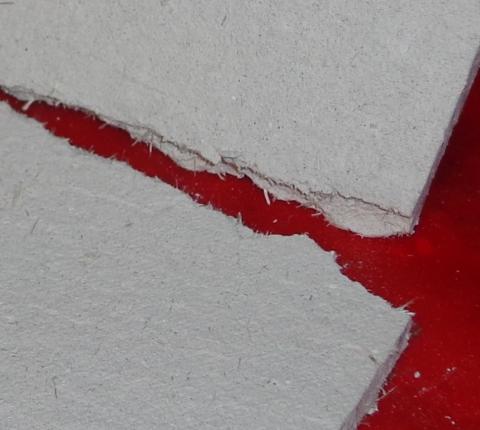
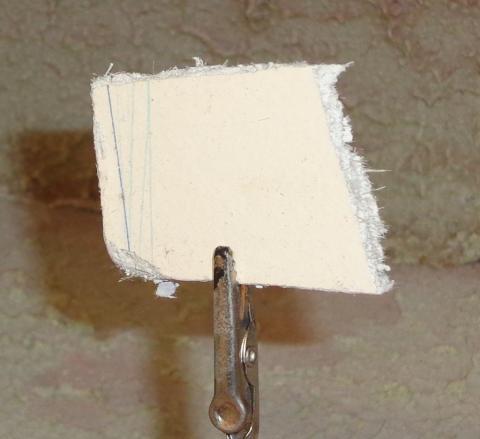
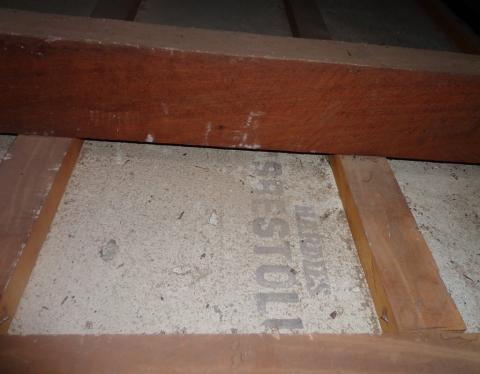
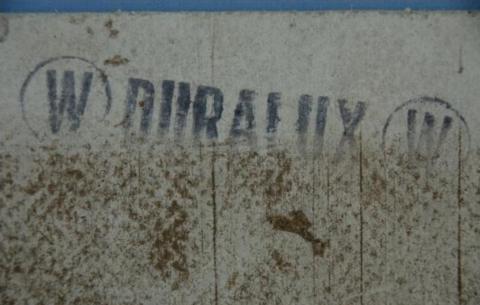
*Duralux is also a current brand name for a fibre board product manufactured in Australia with no asbestos.